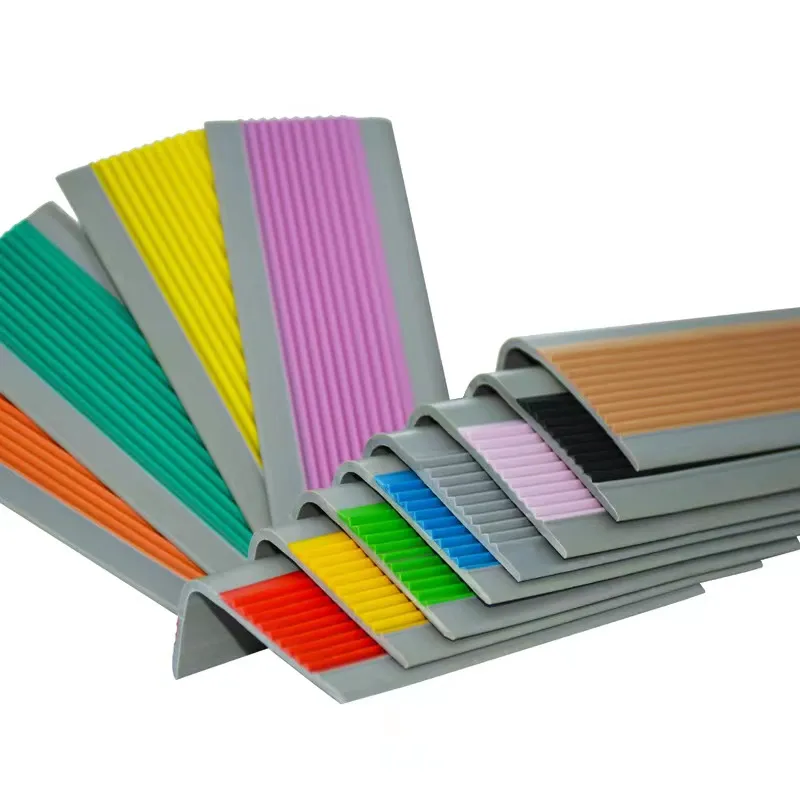A Comprehensive Guide to Properly Installing an Oven Door Seal for Optimal Performance
How to Fit an Oven Seal A Step-by-Step Guide
Fitting an oven seal may seem like a daunting task, but with the right tools and a bit of patience, you can have your oven functioning efficiently in no time. An oven seal, often made of rubber or silicone, is crucial for maintaining the temperature inside the oven, reducing energy consumption, and ensuring that your food cooks evenly. Over time, these seals can wear out or become damaged, leading to heat loss and increased energy bills. Here’s how to properly fit a new oven seal.
Step 1 Gather Your Tools
Before starting, you will need a few essential tools. These include
- A new oven seal (ensure it’s the correct model for your oven) - Scissors - A screwdriver (if screws are involved) - Measuring tape - A clean cloth for any debris
Step 2 Remove the Old Oven Seal
Begin by opening the oven door fully to access the seal. Inspect how the old seal is attached. Most seals are either clipped or glued in place. If your oven uses clips, gently pull the old seal away from the frame. For glued seals, you may need to use a flathead screwdriver or a similar tool to carefully pry it off. Take your time during this step to avoid damaging the door frame or oven interior.
Step 3 Clean the Oven Frame
Once the old seal has been removed, it’s crucial to clean the oven frame where the seal was situated. Use a damp cloth to wipe away any residue or debris. This will ensure the new seal adheres properly and creates an effective barrier against heat loss. Allow the area to dry completely before proceeding.
Step 4 Measure the New Seal
how to fit an oven seal

Take the new oven seal and measure it against the frame to ensure a proper fit. If it’s too long, use scissors to trim it down to size, allowing for a slight overlap if desired. Make sure to cut the ends at a 45-degree angle if your seal requires it for a better fit. Always check the manufacturer's instructions for specific fitting requirements.
Step 5 Install the New Seal
Carefully position the new seal along the oven frame. If the seal has adhesive, peel off the backing tape and press it firmly into place, starting from one corner and working your way around. If your seal is clipped in, position it so that it fits snugly into the clips. For a glued seal, you may need to apply additional adhesive along the edges for extra security.
Step 6 Ensure Proper Functionality
After fitting the new seal, close the oven door to check for gaps. A properly fitted seal should create a tight closure, preventing any heat from escaping. If you notice any leaks, you may need to adjust the seal or ensure it’s seated correctly.
Step 7 Test the Oven
Finally, turn on your oven and let it preheat for a few minutes. Check if the temperature stabilizes and remains consistent. A well-fitted oven seal will help maintain the desired temperature and enhance your cooking experience.
Conclusion
Fitting an oven seal is a straightforward DIY task that can significantly improve the efficiency of your oven. By following these steps, you can ensure that your oven operates at its best, saving energy and reducing cooking time. Remember to regularly inspect the seal for wear and tear and replace it as needed to maintain optimal oven performance.
-
Silicone Seal Strip: The Ultimate Solution for Your Sealing NeedNewsNov.01,2024
-
Keep the Heat: The Importance of Seal for Oven DoorsNewsNov.01,2024
-
Essential Guide to Corner Protectors for Your FurnitureNewsNov.01,2024
-
Enhance Your Home with Silicone SolutionsNewsNov.01,2024
-
Efficient Maintenance of Melamine Sealing StripsNewsNov.01,2024
-
Comparison of Different Edge Sealing ProcessesNewsNov.01,2024
-
Types of Door Bottom Seal Strips and Their Best UsesNewsOct.25,2024